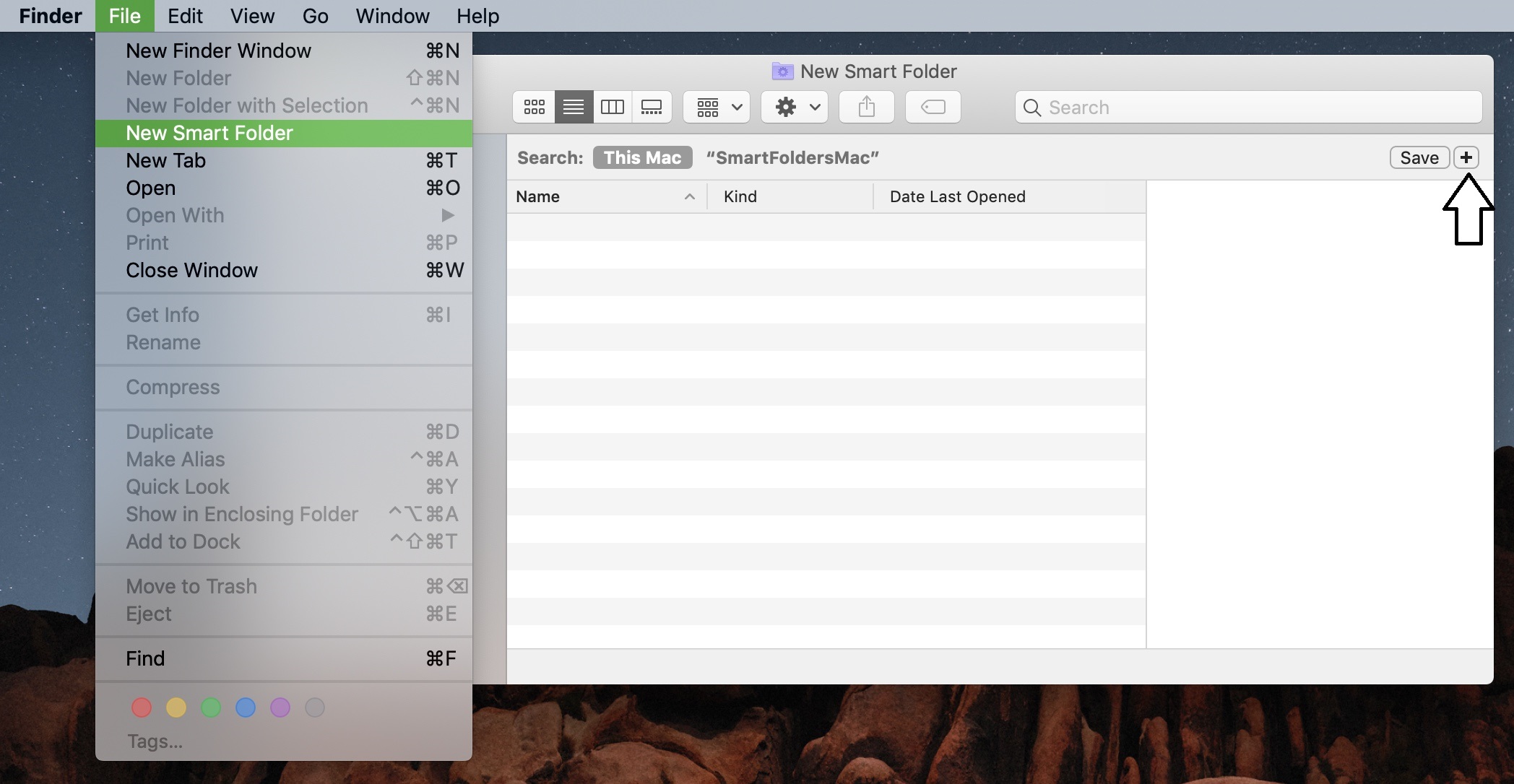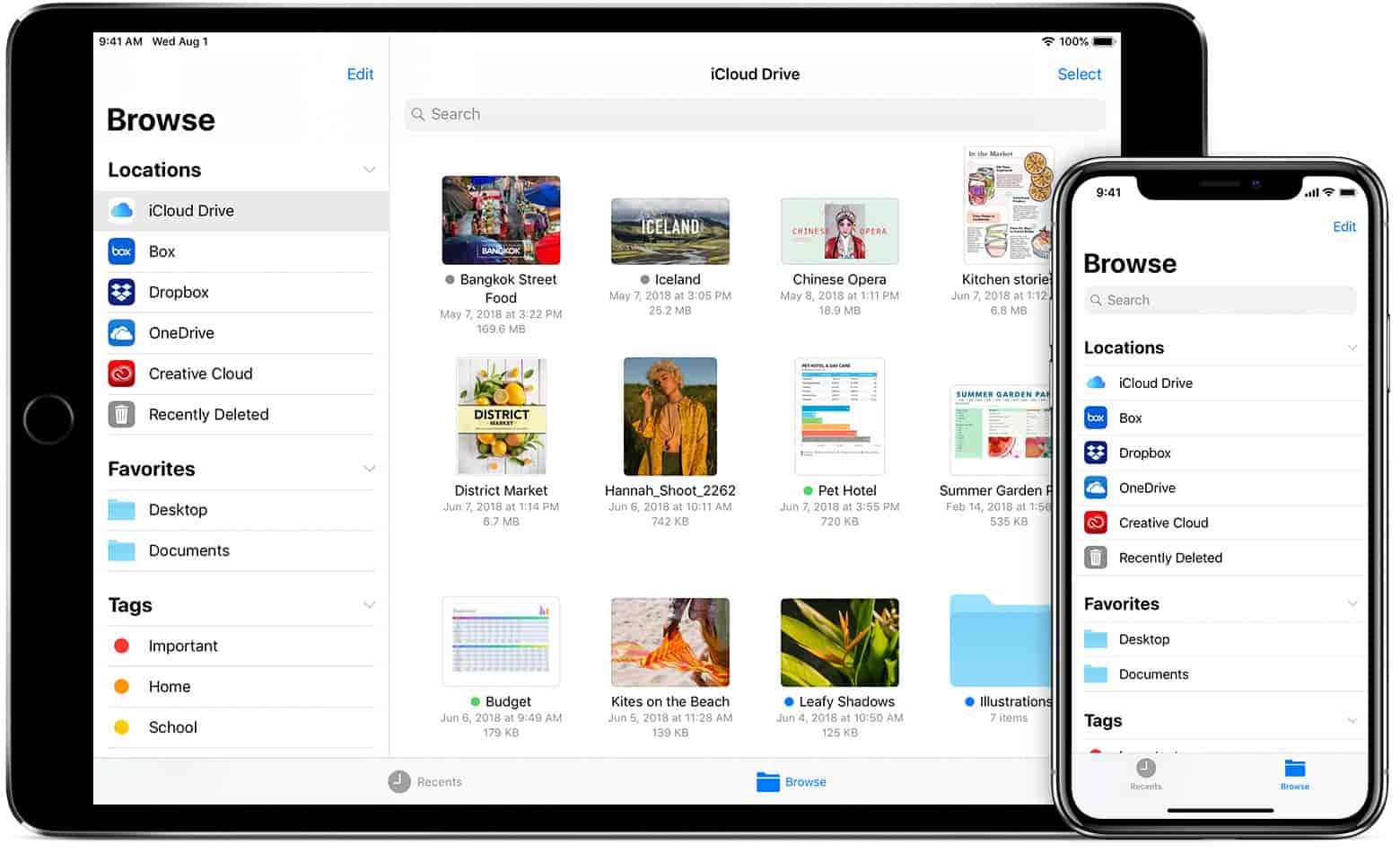

- #File renamer for mac to make accessible on pc software
- #File renamer for mac to make accessible on pc free
To access it, select some files in Thunar, right-click them, and click Rename. The Xfce desktop and its Thunar file manager has an easy-to-use, powerful bulk rename tool built into it. For example, if you enter Photo # From My Vacation.jpg, you’ll get files named “Photo 1 From My Vacation.jpg,” “Photo 2 From My Vacation.jpg,” and so on. The # symbol will be replaced by a sequential number for each file name. Enter a base name for the files, including the # symbol somewhere in it. Select multiple files, right-click them, and select Rename or press F2. It works like the batch rename feature on Windows. If you’re using a KDE desktop, the standard Dolphin file manager does have this integrated. Some Linux desktop environments come with an integrated batch-renaming tool, and some don’t. The Nautilus file manager used by Ubuntu’s Unity desktop and GNOME doesn’t have this feature built-in. RELATED: Linux Users Have a Choice: 8 Linux Desktop Environments You’ll see a preview of the resulting file name appear below the Rename dialog, so you can see exactly how the files will be named. If you urgently need to go out and dont have time to shut off the. Falco Auto ShutDown v.2.5 Falco Auto Shutdown is a program for automatic shutdown of your computer.

File Renamer Auto Auto Picture Renamer Auto Renamer File.
#File renamer for mac to make accessible on pc free
Free Mac Auto Renamer Shareware and Freeware.
#File renamer for mac to make accessible on pc software
This may sound a bit complicated, but it’s not too bad. Auto Renamer mac software free downloads and reviews at WinSite. You could also use the file’s associated date instead of a number. The number or date can appear before or after the base name. This works similar to the equivalent renaming feature on Windows. Drag a selection box over the files with your mouse or hold the Shift key and click them one by one. You can “format” file names, using a base name and a number. Open a Finder window and locate the files you want to rename. Format: This is the most complicated option.You can add the text either before or after the name. Add Text: This option allows you to add some text to each file name.For example, you could replace the words “My Vacation” with “Paris Trip.” Or you could search for a bit of text and replace it with nothing at all, snipping that bit of text out of every file name. Enter text you want to find and the text you want to replace it with. Replace Text: This option lets you perform a search and replace in the selected files’ names.You’ll see a Rename dialog where you can choose between three options. Here’s what they do: It even lets us copy the renamed versions to a separate folder to preserve the originals, and save our custom naming structures as presets to quickly access. After restarting and launching the Creative Cloud Desktop app, you should no longer get the "You don't have access to manage apps" error message.To get started, select the files you want to rename in the Finder, Ctrl-click or right-click them, and select Rename items.


 0 kommentar(er)
0 kommentar(er)
